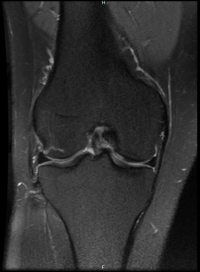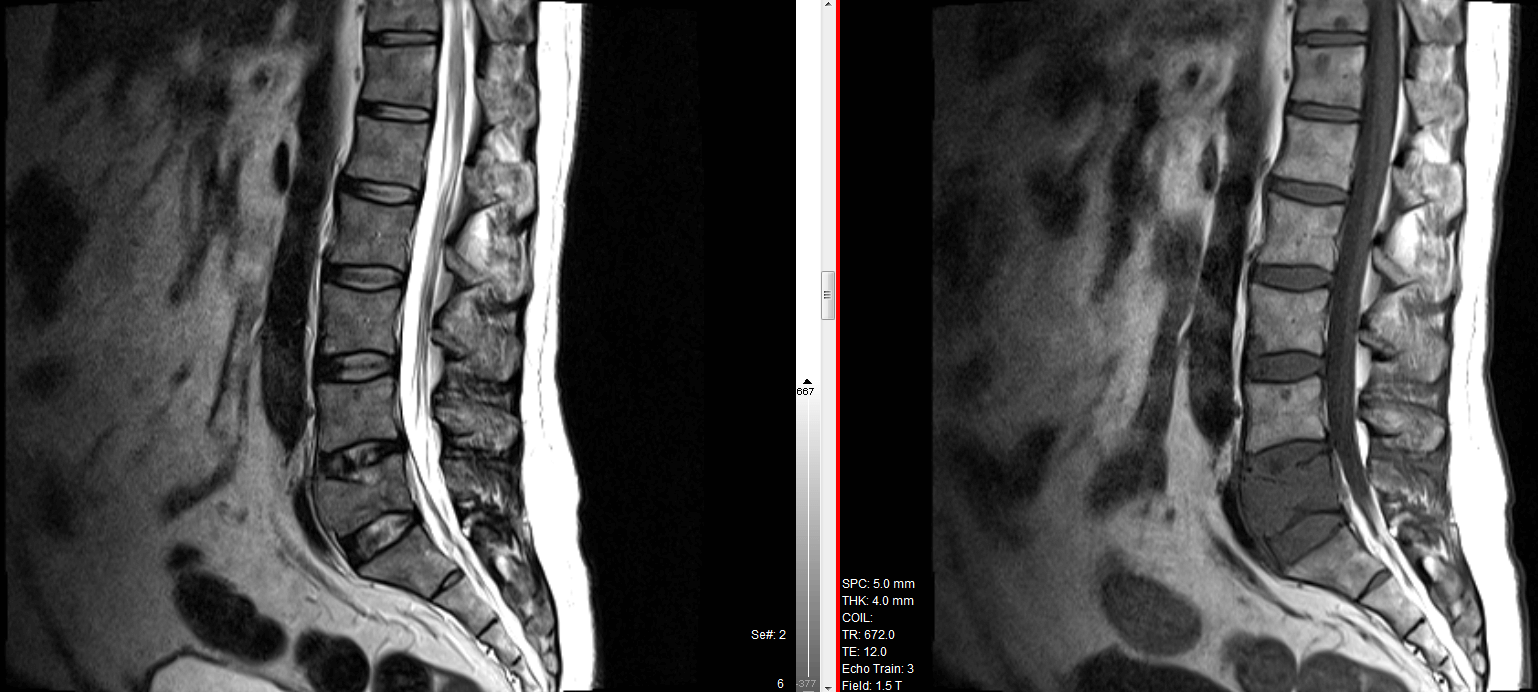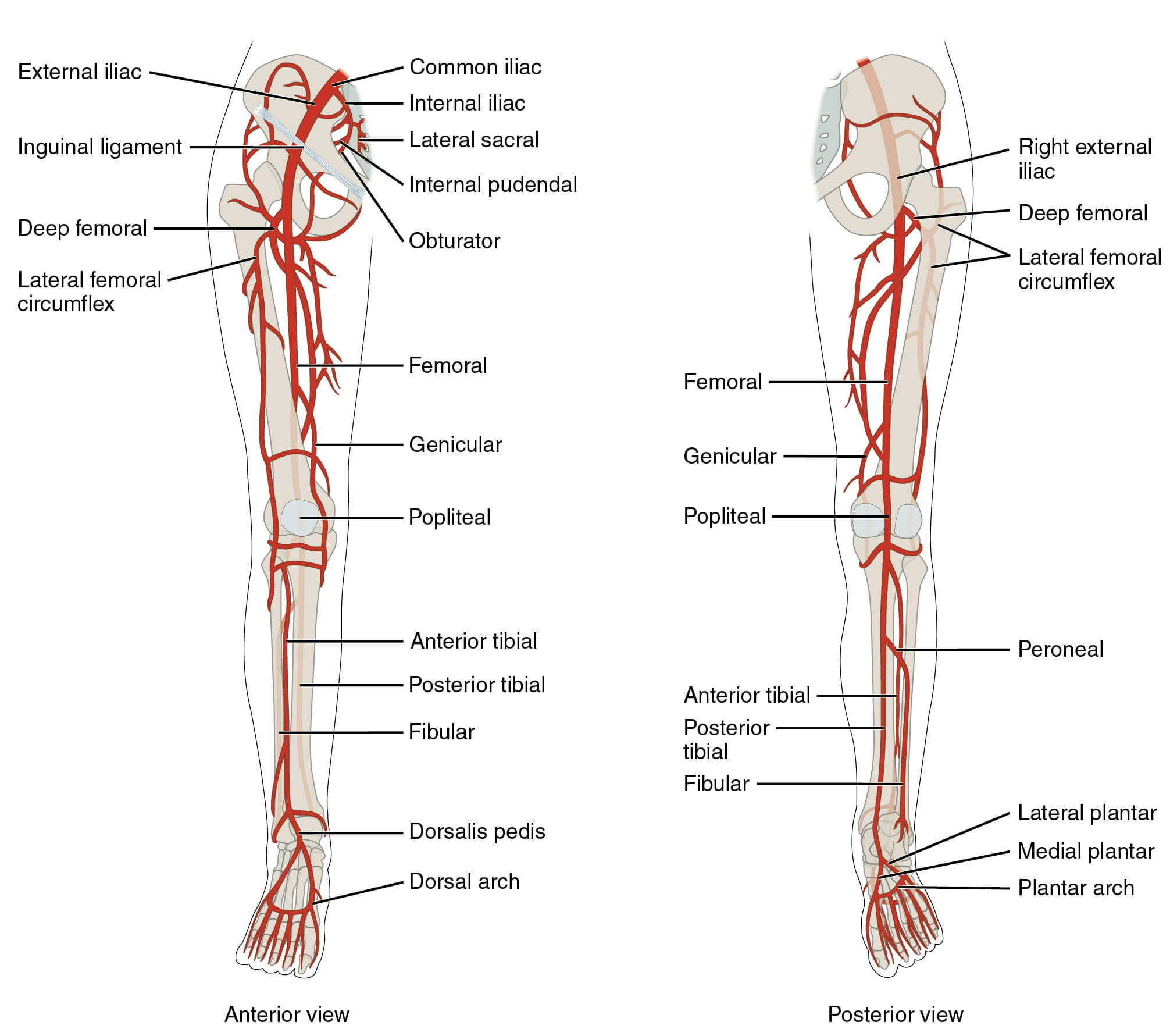Wrist Instability
- Type 1 Dissociative
- Type 2 Non-dissociative
- Type 3 Complex
- Type 4 Adaptive
Type 1 – Carpal Instability Dissociative
- Most Common
- Due to disruption of a bone or ligament within the proximal carpal row
Causes
- Scapholunate ligament rupture
- Scaphoid fracture non union
Mechanism
- The injury to ligament causes abnormal flexion or extension of the lunate.
Symptoms
- Pain
- Giving way
- Clunk
- Stiffness
Examination
- Tender Snuffbox
- Tender scaphoid tubercle
- Tender over SL ligament
- CMCJ grind
- Thumb Metacarpal pistoning
Special Tests
- Ballottement test
- Kirk Watson test
Investigations
Xray
- Fracture
- Scapholunate widening
CT (non union), MRI/A (SL Ligament) can also be done
100% of patients with untreated scaphoid nonunion or scapholunate ligament rupture will get early wrist arthritis
Treatment - Acute SL rupture
- Closed reduction and K wire
- Direct ligament repair
- Arthroscopic dorsal capsulodesis
Treatment - Chronic SL rupture
- Scapholunate reconstruction with tendon graft - Brunelli
Treatment - Scaphoid Non-union
- Open scaphoid fixation with bone graft
- Arthroscopy assisted scaphoid fixation
Rehab
- Immobilise in POP for 6 weeks
- Passive and active ROM exercises from 6 weeks
- Weightloading from 12 weeks
Type 2 – Carpal Instability NonDissociative
- Midcarpal instability
- Less common
- Difficult to diagnose
- Loss of support between the proximal and distal carpal rows
Type 3 – Carpal Instability Complex
- A combination of type 1 and type 2 instability
- Perilunate dislocation
- Orthopaedic Emergency!
- Pain out of proportion to the complaint
- Urgent reduction and surgical fixation required
Type 4 – Carpal Instability Adaptive
- Adaptation to a distal radius malunion
- Operative Treatment - Distal radius osteotomy
Summary
- Wrist instability can be due to abnormal movement or alignment
- SL ligament rupture and scaphoid nonunion most common
- Most wrist instability will require operative management
- Beware of perilunate dislocations





